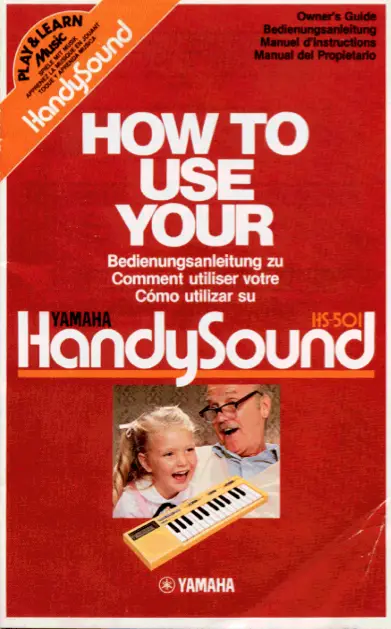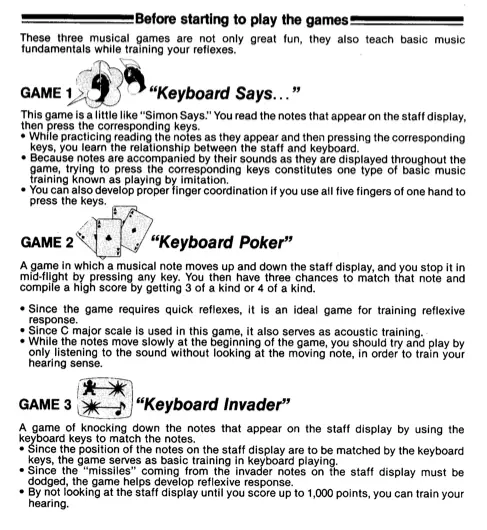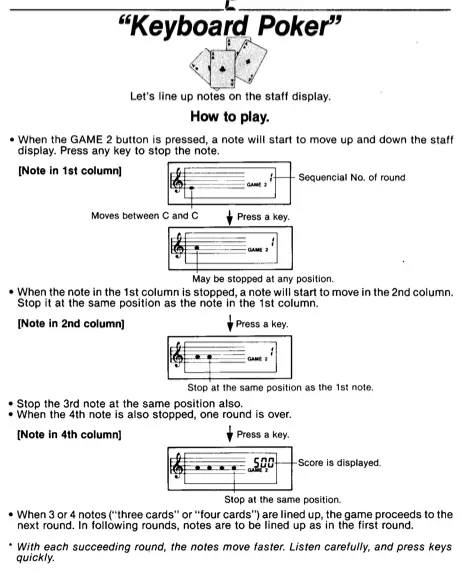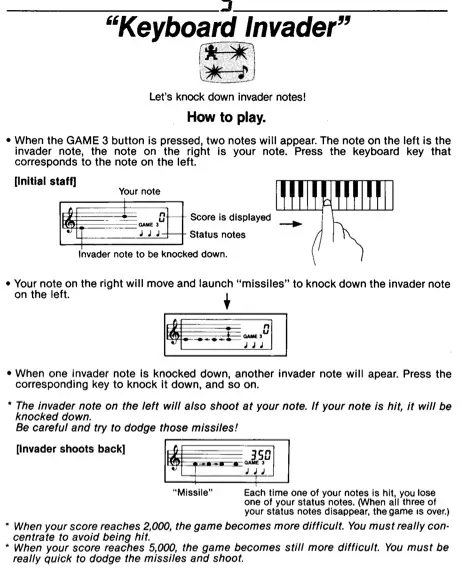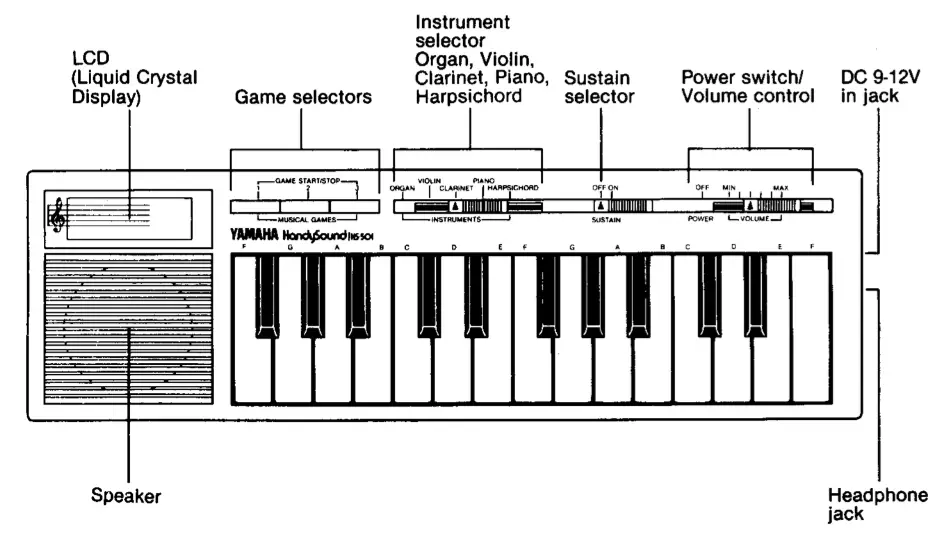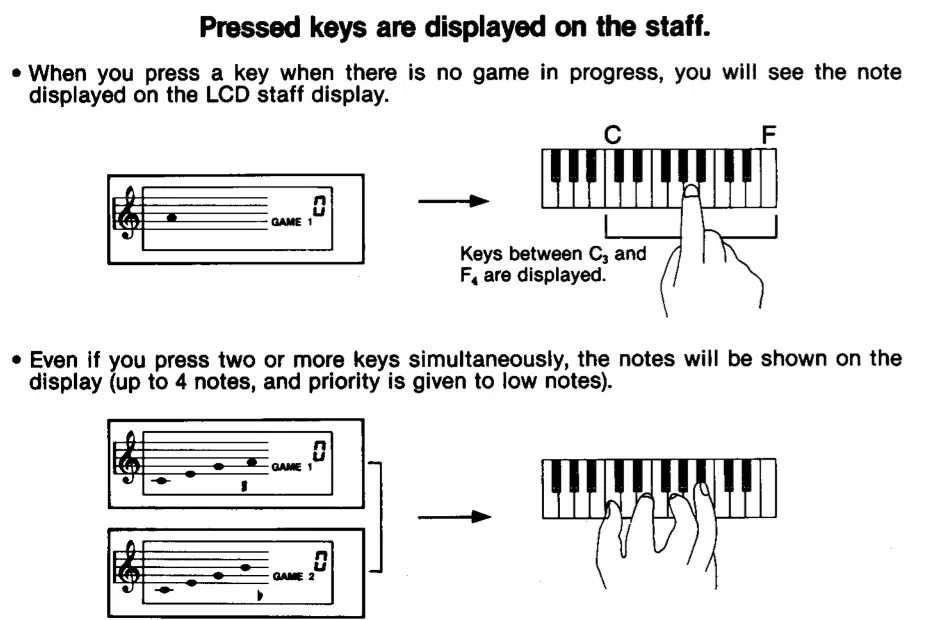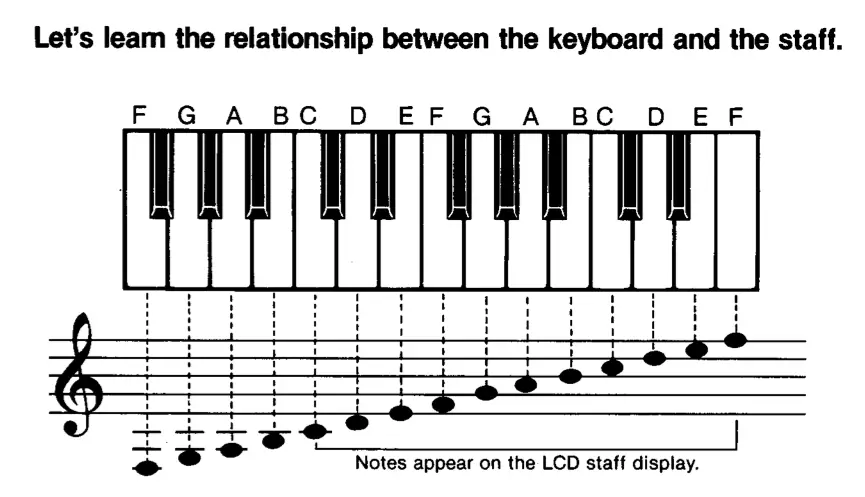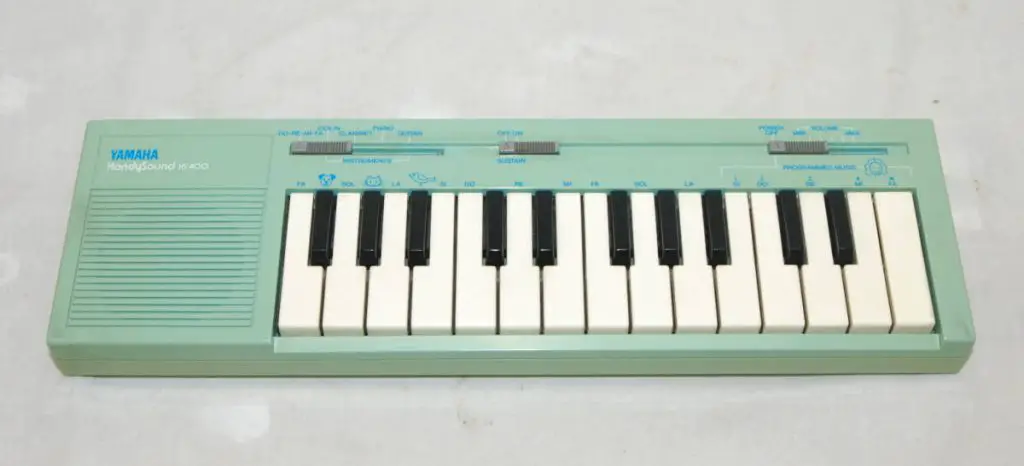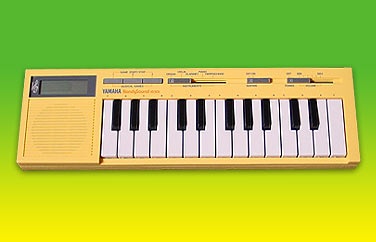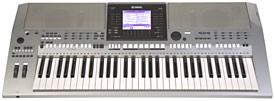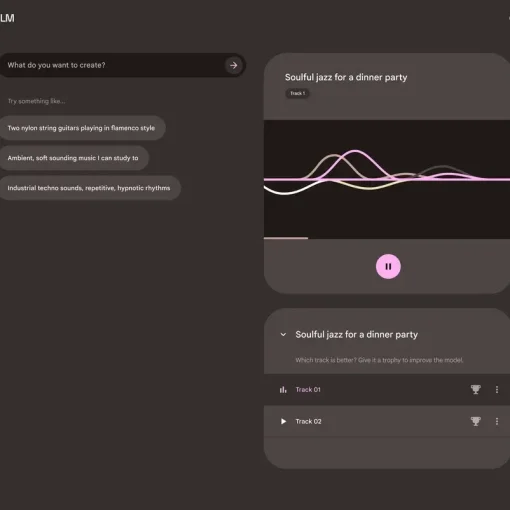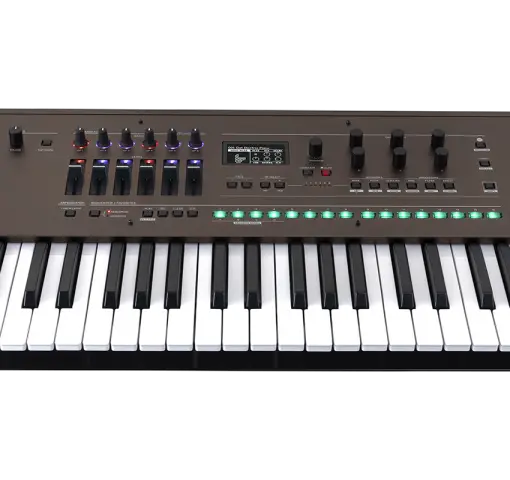Today we are blessed with a plethora of software, apps and keyboards with built-in music theory/practice features, but back in the 1980s that wasn’t the case.
Yamaha built a range of mini ‘toy’ keyboards, primarily aimed at children but usable by any budding musicians, called the HandySound
Yamaha decided to build in some basic musical games on some of the models, which were manufactured in the early ’80s.
It launched four variants, including the HS-200, HS-400, HS-500 and HS-501.
HandySound HS-200
A four note polyphonic 25-key mini keyboard producing square wave tones, without any rhythm functions. Preset voices included organ, violin, clarinet, piano and harpsichord, though there are three additional sounds in an “Easter egg” by sliding the sound select switch to get brass, bright clarinet and bright piano. There are six volume levels, a sustain switch, and the Yamaha YM-10080 CPU.
HandySound HS-400
The HS-400 seems to be an update or variant of the HS-200, featuring fun “Do-Re-Mi” sound effects plus violin, clarinet, piano and guitar. Have seen versions in both green and orange.
HandySound HS-500
Launched in 1982, the HandySound HS-500 now has a place in Yamaha’s Innovation Road virtual museum. It featured 25 keys, five voices (organ, violin, clarinet, piano and harpsichord), plus five ear-training games including note matching, pitch matching, phrase matching, chord matching, and tennis, all with three levels.
Its LCD screen provided a rudimentary method of showing information about a particular game, while inside it featured an IG6070 CPU and a separate YM-1018B sound chip.
It appears to be a minimum of three note polyphonic; the first game expects the player to play the corresponding notes displayed on the screen, up to three in a chord. A similar game has the keyboard producing a note sound which the player must match. “Simon”-esque repeating a note sequence is another game, as well as repeating a chord, and “audio tennis” which is explained:
This is a 2 player game in the tradition of Pong. But instead of seeing a tennis ball, you only hear its position as a glissando. The 1st player serves the ball by pressing the lowest F key. Then a line of ascending notes sounds to indicate the ball position. The 2nd player has to press the corresponding key on the right keyboard halve to return the ball (which makes the note line descend again). When he misses the ball, he has to serve the next ball with the high E key. Wrong key presses take no effect. They play notes only while the ball is not flying. Remember, this is an audiogame, not a videogame, thus the LCD only displays the score (like “1-3”).
HandySound HS-501
The model number suggests an upgrade to the HS-500. According to the manual there were three playable games on the HandySound HS-501.
The first is like “Simon Says”. Players read the notes displayed on the treble clef staff and play the right notes in order.
The second game is “Keyboard Poker”. The description is a bit vague but it consists of “a musical note moving up and down the staff display, and you stop it in mid-flight by pressing any key”. OK then.
The third game is “Keyboard Invader”, which appears to be modelled on Space Invaders and again seems to be a note matching type of game.
The keyboard, sporting 25 mini-sized keys, was 4-note polyphonic, and could belt out five different sounds: piano, organ, violin, clarinet and harpsichord.
Take a look at some of the manual screenshots.
